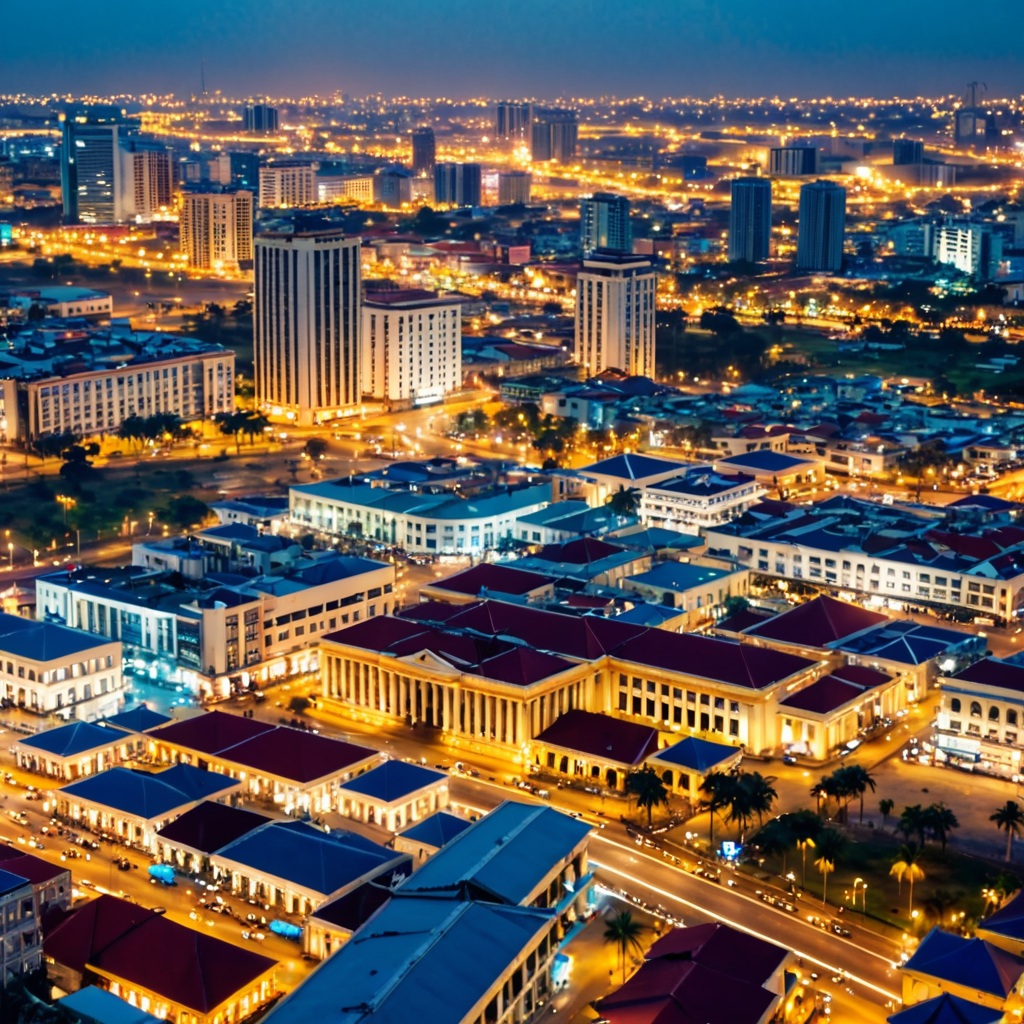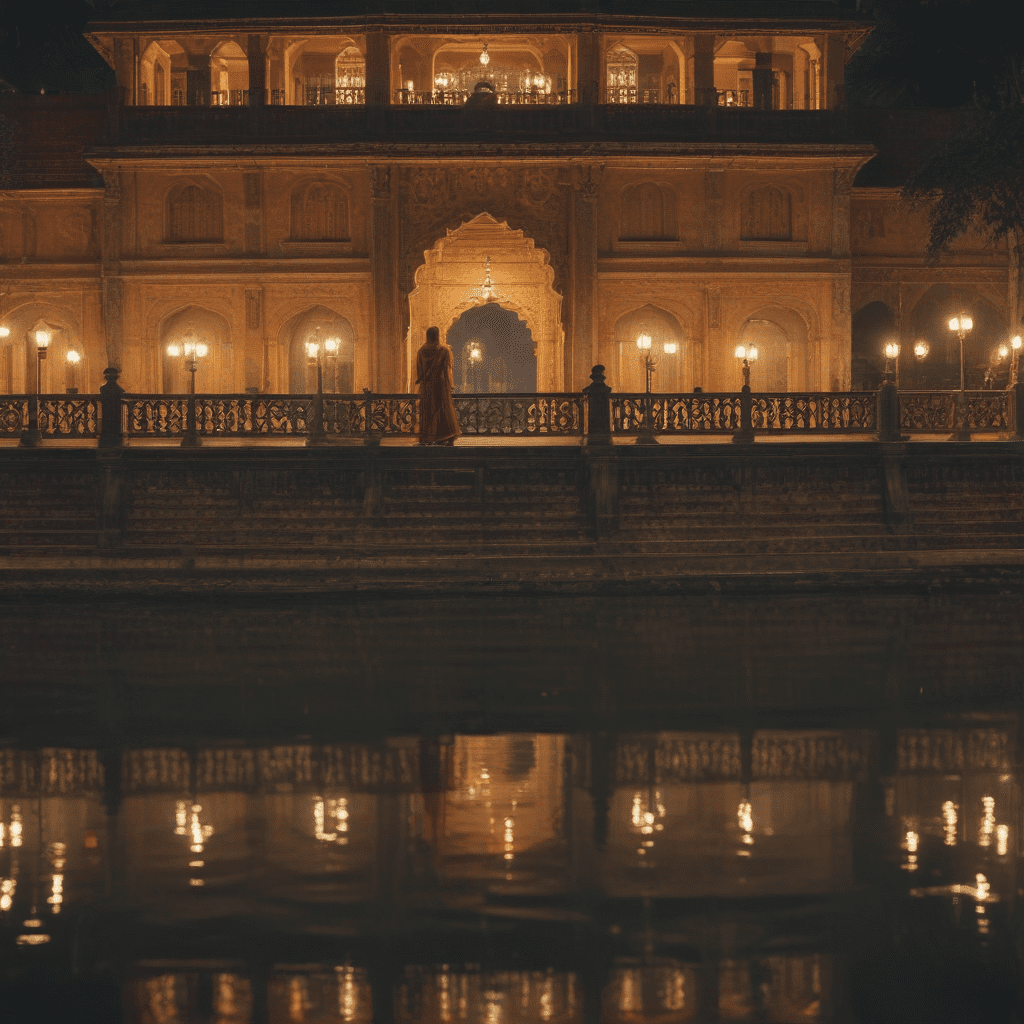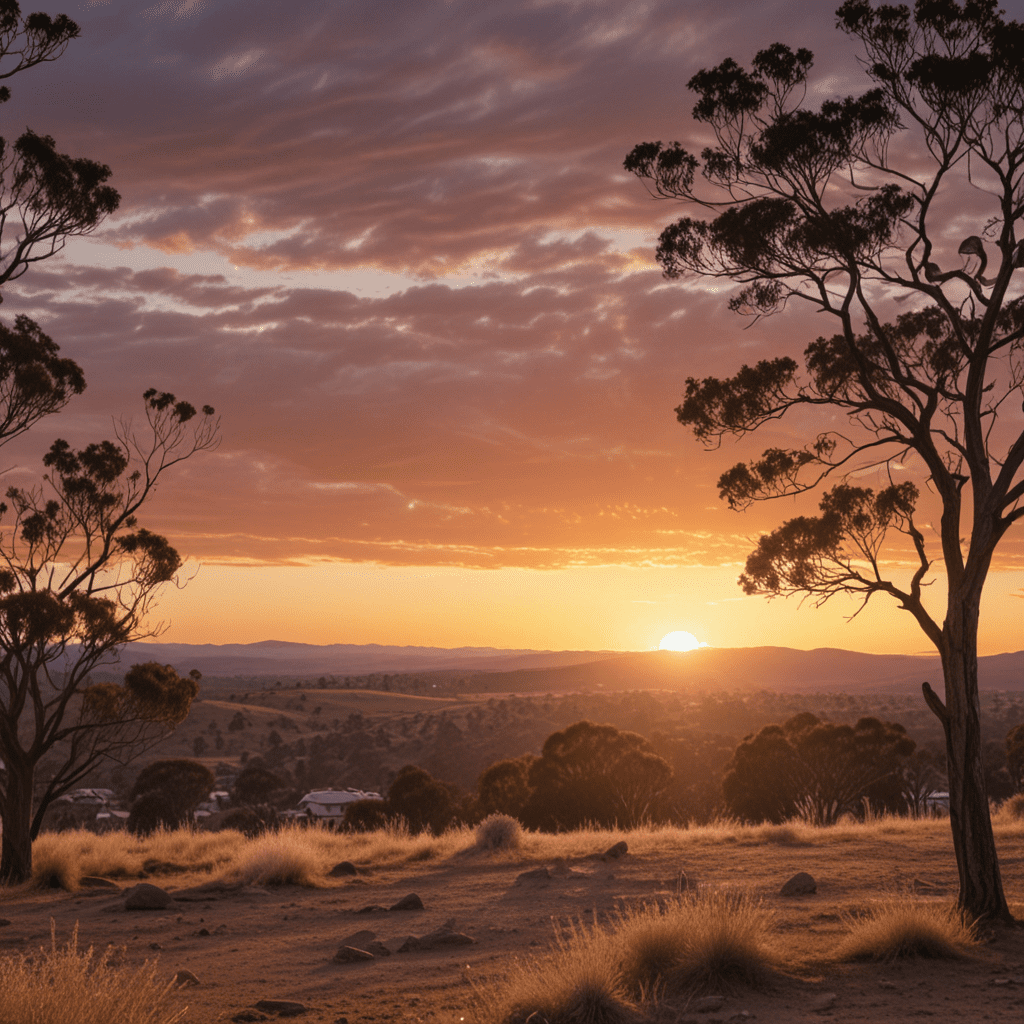Bahamas: A Melting Pot of Cultures
I. Historical Roots
The vibrant tapestry of Bahamian culture is woven from a rich blend of historical influences. The earliest inhabitants of the islands were the Lucayans, a Taíno people who arrived from the Caribbean region around the 7th century AD. Their legacy is evident in the remnants of their villages, tools, and pottery that have been discovered on the islands.
In the 15th century, European explorers, led by Christopher Columbus, arrived in the Bahamas. The Spanish established a short-lived colony on the island of San Salvador, but it was abandoned in the 17th century. The British subsequently took control of the islands, and they remained under British rule for over 300 years.
II. African Presence
The transatlantic slave trade brought a significant African presence to the Bahamas. Thousands of enslaved Africans were brought to the islands to work on plantations. Their influence on Bahamian culture is profound, particularly in the areas of music, dance, and language.
Bahamian music is renowned for its lively rhythms and soulful melodies, which draw heavily from African musical traditions. Junkanoo, a street parade that takes place during the Christmas and New Year season, is a vibrant expression of Bahamian culture that incorporates African drumming, dance, and costumes.
III. European Influence
British colonial rule left an indelible mark on the Bahamas. The islands' architecture, governance, and legal system all reflect British influence. The capital city of Nassau, with its colonial-era buildings and monuments, is a testament to the British presence in the Bahamas.
IV. Asian Migration
In addition to African and European influences, Bahamian culture has also been shaped by immigration from Asia. Chinese, Haitian, and Indian communities have brought their own cultural traditions and customs to the islands, enriching the Bahamian melting pot.
Chinese immigrants, who arrived in the Bahamas in the 19th century, have played a significant role in the islands' economy and culture. They established businesses, introduced new foods and customs, and contributed to the development of the Bahamian community.
VI. Cultural Syncretism
The Bahamas is a prime example of cultural syncretism, where different cultural elements blend and create new forms of expression. Junkanoo, one of the most celebrated cultural festivals in the Bahamas, is a vibrant embodiment of this fusion. It combines African drumming and dance with European masquerade traditions, showcasing the unique cultural heritage of the islands.
Rake 'n' Scrape is another musical genre that exemplifies Bahamian syncretism. It blends African rhythms and instruments with European chord progressions and melodies, creating a distinctive musical style that reflects the diverse roots of Bahamian culture.
VII. The Bahamian Identity
The unique combination of cultural influences has shaped the distinct Bahamian identity. Bahamians are proud of their diverse heritage and embrace their position as a melting pot of cultures. They have a strong sense of community and share a common history that unites them despite their diverse backgrounds.
VIII. Challenges of Multiculturalism
While multiculturalism brings richness and diversity, it also presents challenges. Social integration and cohesion can be complex in societies with diverse ethnicities and socioeconomic backgrounds. Preserving cultural diversity while fostering inclusivity is a balancing act that requires ongoing dialogue and understanding.
IX. The Future of Bahamian Culture
The future of Bahamian culture looks bright as immigration and cultural exchange continue to shape the islands. However, maintaining a balance between tradition and modernity is crucial. Bahamians are embracing new influences while preserving their rich heritage and traditions.
X. Conclusion
The Bahamas is a true melting pot of cultures, its vibrant tapestry woven from diverse historical and cultural threads. The islands' rich heritage is reflected in their music, dance, cuisine, architecture, and way of life. Recognizing and celebrating this cultural diversity is essential for preserving the unique identity of the Bahamas and fostering a harmonious and inclusive society.


